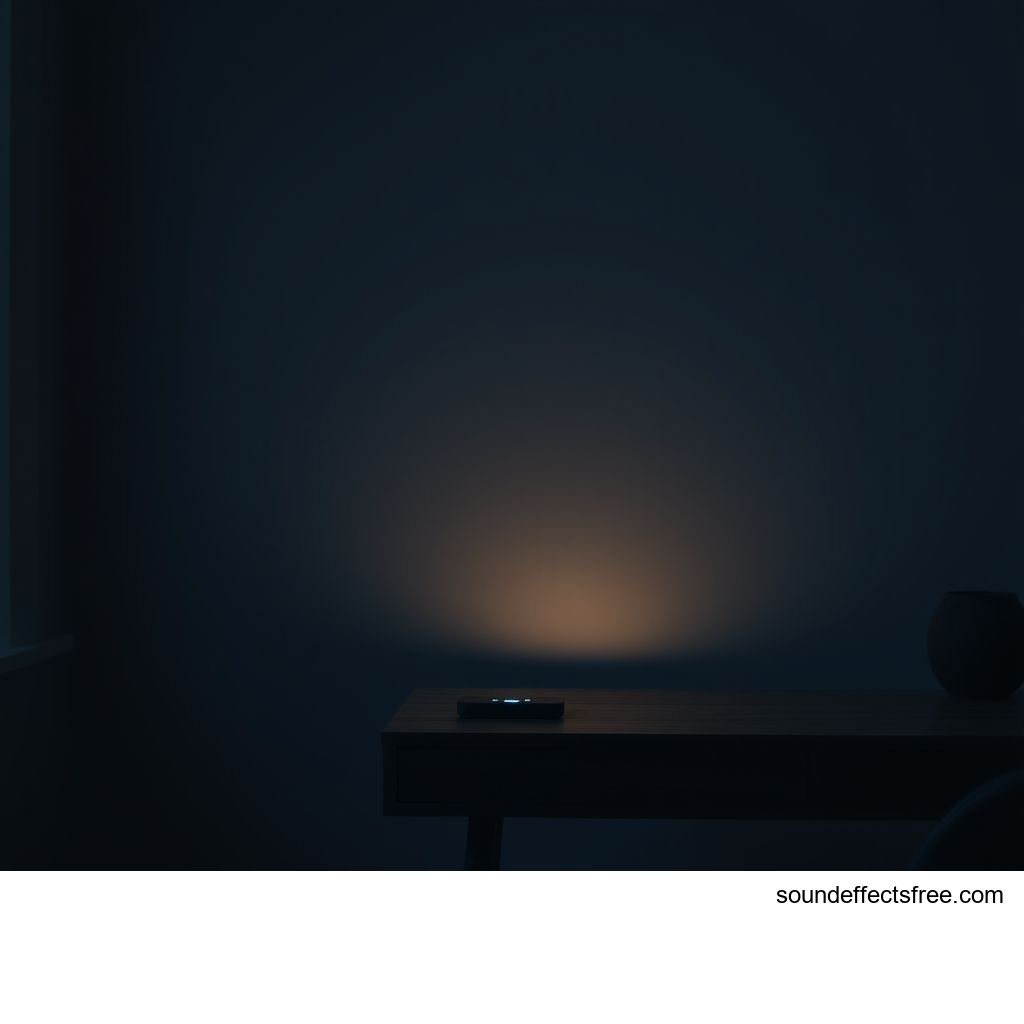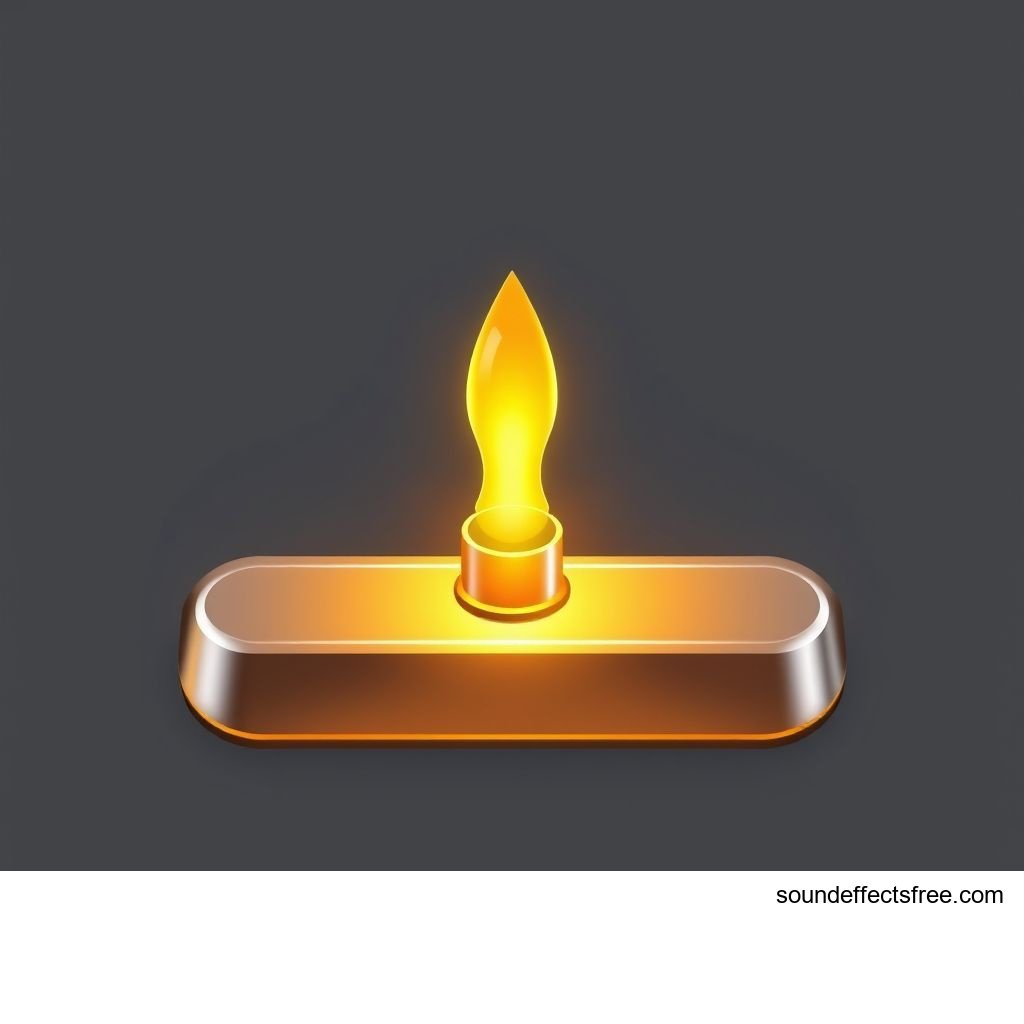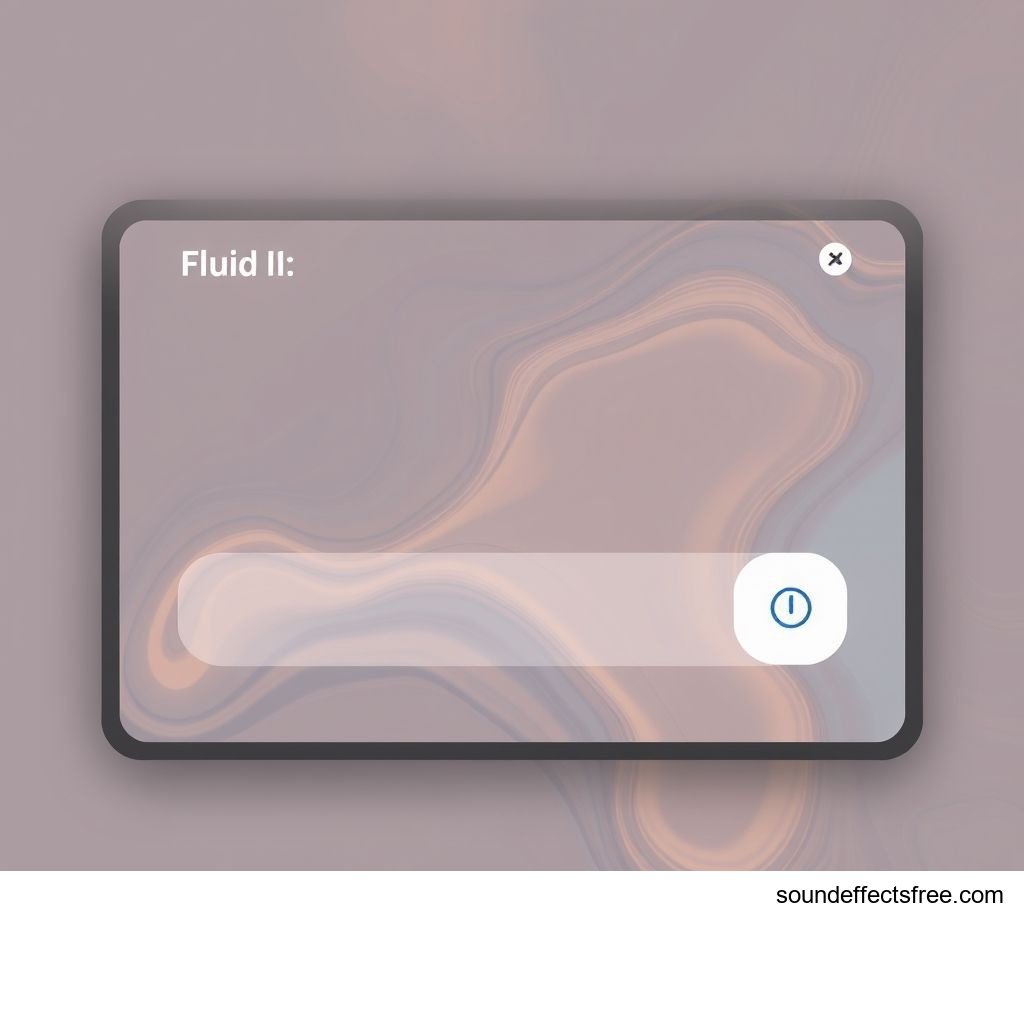Subtle Alert Whisper: Designing Non-Intrusive Sounds
The world is full of sounds. Many are loud and demanding. But what about sounds that are truly subtle? We often need information delivered gently. This is where the subtle alert whisper shines. It offers crucial updates without distraction. Designing such non-intrusive notification sounds improves user experience. It creates a more harmonious digital environment. A perfectly subtle audio effect respects the user's focus.
Applications in Media
A subtle sound effect can transform media. Think about apps and games. They often need to convey information. A loud alert can be disruptive. A truly subtle audio cue is better. It provides feedback softly. This enhances engagement without annoyance. Users appreciate this thoughtful, subtle design.
Industry-Specific Uses
Gaming uses subtle notifications for achievements. A soft chime might signal a completed task. Medical devices employ subtle alerts. These ensure patient comfort. They still deliver critical information. Corporate software needs subtle cues. New email arrivals or task completions are perfect examples. These gentle sounds prevent user fatigue. They integrate seamlessly into workflows. A subtle sound is key here.
Creative Techniques
Designers use various techniques. A short duration is crucial for subtle sounds. A quick fade-in and fade-out works well. Pitch modulation can add character. Think about a gentle upward or downward glide. Adding reverb creates a sense of space. This makes the sound less direct. It feels more ambient. A subtle audio effect often has low amplitude. This ensures it remains in the background. It is heard, but not felt overtly.
Technical Analysis
Understanding sound properties is vital. This helps in crafting perfect subtle sounds. We analyze specific characteristics. Each plays a role in perception. The goal is to avoid harshness. We aim for a natural, soft presence.
Waveform Characteristics
A subtle sound often has a smooth waveform. Sharp peaks can sound aggressive. A gradual attack and decay are common. This prevents abruptness. A sine wave often forms the basis. It is a pure, gentle tone. Combining waves can add complexity. But keep them smooth. Square waves are generally too harsh. They lack the desired subtle quality.
Frequency Profile
The frequency range matters greatly. High frequencies can be piercing. Low frequencies can be muddy. A subtle alert often sits in the mid-range. This range is audible without being jarring. It avoids harsh tones. Filtering out extreme frequencies is common. A gentle low-pass filter can soften high notes. A high-pass filter can clean up unwanted rumble. The goal is a clean, truly subtle sound.
Production Tips
Creating effective subtle sounds requires skill. Attention to detail is paramount. You need the right tools and techniques. Experimentation is also important.
Recording & Editing
Recording can be simple. Use high-quality microphones. Record in a quiet environment. This minimizes background noise. For digital sounds, synthesis is an option. When editing, focus on brevity. Cut unnecessary silent parts. Apply gentle normalization. This ensures consistent volume. Avoid harsh compression. Over-processing can ruin a subtle effect. The goal is pristine audio.
Software Tools
Digital Audio Workstations (DAWs) are essential. Logic Pro, Ableton Live, and FL Studio are popular. Sound design plugins are also useful. Synthesizers create unique tones. Reverb and delay plugins add depth. Equalizers shape the frequency profile. Mastering tools ensure final quality. Always listen on different devices. This helps confirm the subtle nature of your sounds.
Creative Implementation
Beyond basic production, creativity shines. How sounds are used makes a difference. Context is key for any subtle notification.
Layering Methods
Layering multiple subtle sounds can enrich the experience. Combine a soft chime with a gentle whoosh. This adds texture. Ensure layers blend seamlessly. Avoid clashing frequencies. A subtle pad sound underneath can add warmth. Each layer should contribute subtly. The overall effect must remain non-intrusive. This requires careful mixing.
Spatial Effects
Using stereo panning adds realism. A subtle alert can appear to move. Imagine a notification chiming from left to right. This adds an immersive quality. Reverb and delay create space. They make sounds feel distant or close. A well-placed spatial effect enhances the subtle nature. It avoids sounds feeling flat. This makes the audio experience more engaging.
Sound Pack Integration
A well-designed sound pack is invaluable. It offers a collection of cohesive sounds. This simplifies the design process.
Using with Other Sounds
This particular subtle sound fits well with others. It complements UI elements perfectly. Combine it with a soft tap or click. UI Confirm Tap is a great example. These sounds are designed to work together. They maintain a consistent theme. This creates a unified user experience. Explore Related subtle sounds for more options. All aim for gentle interaction.
Complete Collection
For comprehensive audio solutions, explore a full sound pack. Get the full sound pack for comprehensive audio solutions. These packs offer variety. They provide a range of subtle tones. They cover many common UI needs. Having a diverse collection speeds up workflow. It ensures high-quality audio across your project. Investing in professional sound effects is always wise. Check out resources like Pro Sound Effects.
FAQ
Q: What makes a notification sound subtle? A: A subtle notification sound is non-intrusive. It has a short duration, gentle attack, and soft decay. Its frequency profile avoids harsh tones. It offers a gentle alert.
Q: Why is a subtle alert important for user experience? A: A subtle alert enhances user experience by avoiding distraction. It delivers information without annoyance. Users appreciate a gentle reminder. This creates a calmer digital environment.
Q: Can I use a subtle chime for all notifications? A: Not always. Critical alerts may need a more prominent sound. However, for most non-urgent updates, a subtle chime is ideal. It maintains a peaceful user interface.
Q: Are there specific frequencies for a subtle sound? A: A subtle sound often resides in the mid-range frequencies. Avoid piercing highs or muddy lows. Filtering ensures a clean and gentle audio effect.
Q: Where can I find good subtle audio effects? A: Many sound libraries offer subtle audio effects. Look for UI sound packs. Websites like Pro Sound Effects provide high-quality samples. Consider creating your own subtle sounds for unique projects.





